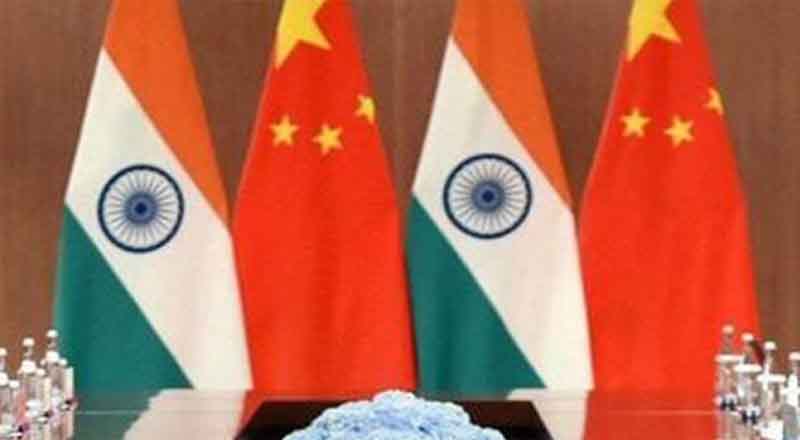The digital age has propelled the world into consuming electronics at an unprecedented scale. The arrival of Industry 4.0 to bring a deep impact in manufacturing. Technologies such as IIoT, big data and analytics, digital twin/thread, and the smart connected factory and supply chain are all elements of Industry 4.0 that are becoming ubiquitous in almost every manufacturing company.
Advancements in artificial intelligence (AI) technologies have induced tremendous growth in innovation and automation. At the same time, the third generation of AI, is bringing machine learning to drive threat informed defense .
The manufacturing industry appears to be the most active in terms of attack. Going forward there would be weaponization of 5G,as the 5G technology will act as a catalyst to swarm networks with it’s speeds of 10 to 20 times faster than 4G LTE , thus it could be easy to use as a weapon. Hence, there is need for adding extra layers of security to get implemented to secure as much as possible.
Our recent survey among 50 Start-ups in India revels, As a CEO, How much do you know about your customers and knowledge on day to day running of your business? The fact which comes out is, … the best thing about being CEO of a company and spending time on the IT helpdesk is the opportunities that it gives to improve the business.
India is the top destination for companies moving out of China. Experts says, the immediate benefits are going to come in the telecom industry. India has also the advantage of scale and key success factors locally are also improving. The COVID-19 has opened the gate for India to become the biggest benefactor of companies wanting to de-risk their China-based manufacturing. The migration involved not just smartphones or electronics, but a wide range of industries from food to pharmaceuticals.
With an evolved version of Industry 4.0, a digital simulation of factories is possible, which enable the creation of discrete virtual models of the factory and ensures that they are operating at peak efficiency before the start of the production. The advantage of India ,it has done well in terms of chip design and electronics manufacturing, If a combination of telecom, electrical, and electronics come in over the next 18-24 months, it is only a matter of time India would also ready with the Semiconductor Wafer Fabrication (FAB) units too.
Lastly, having said that, India’s competitive advantage in terms of land and labour availability, it is now seeing a turn as global manufacturers long settled in China are looking to diversify their manufacturing base.





